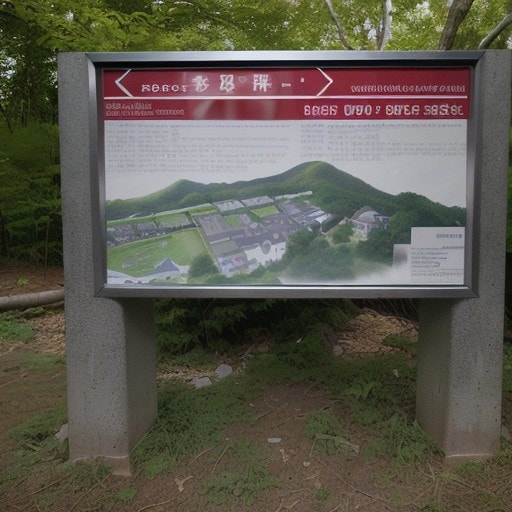分享


Ershawan Fort, also known as "Hai Men Tian Xian" (Heavenly Barrier of the Sea Gate), is a traditional Chinese-style fort located in Keelung City, Taiwan. It is not only an ancient monument but also a witness to a rich history, attracting the attention of many tourists. This article will provide you with an in-depth introduction to this fascinating attraction, including its historical background, structural design, and current tourism status.
The history of Ershawan Fort can be traced back to the 20th year of the Daoguang reign (1840 AD) of the Qing Dynasty, when it was built by Yao Ying, the Taiwan Bingbei Dao (a local administrative position). In the early stages of construction, the fort was located on the beach of Ershawan. Later, after the Sino-French War, it was moved to the hilltop and strengthened by the governor Liu Mingchuan, and completed in the 12th year of Guangxu (1886 AD). This series of historical processes made Ershawan Fort one of the important defense facilities at the time.
As a key facility for ancient defense, Ershawan Fort has been responsible for protecting Keelung Harbor since its construction. When enemy ships from the sea attacked, these facilities enabled the fort to effectively exert its defensive functions, demonstrating the wisdom and practicality of ancient architecture.
The structural design of Ershawan Fort is very ingenious, with the gate facing southwest, adopting a standard Chinese design, and the entrance consisting of an arch made of stone blocks. On both sides of the city gate, there are crenellations and shooting holes, allowing the fort to carry out effective firepower counterattacks while defending.
The fort area is divided into the East Fort and the North Fort, both of which are built on higher coastal hilltops, belonging to the "embracing mountain fort" design. This design not only provides a good view but also prevents enemy ships from directly attacking the camp, fully demonstrating the ingenuity of defensive architecture.
The stone used for Ershawan Fort is mainly local sandstone, while the fort foundation uses iron cement, which has strong resistance. The choice of these materials not only ensures the durability of the fort but also allows it to stand tall after years of weathering.
Ershawan Fort was announced as the first batch of Grade 1 historical sites on December 28, 1983, and later changed to a national historic site in 1997, which marks its importance in Taiwan's historical culture. It is not only a symbol of defense but also an indispensable cultural heritage.
In 1975, the Keelung City Government began to investigate and renovate the fort. After several years of effort, the restoration project was officially completed in 1980. During this process, the ancient cannons were also replicated and installed in their original positions. These detailed restoration works have allowed the fort to retain its original historical appearance and also laid the foundation for future tourism development.
Today, Ershawan Fort is no longer used for military purposes and has become an important tourist attraction in Keelung City. Tourists can not only learn about the history of Taiwan but also enjoy the magnificent scenery of Keelung Harbor and part of the inner harbor. On the fort, you may feel the gentle sea breeze, accompanied by the sound of the waves, which is unforgettable.
The natural scenery around the fort is equally attractive. There is an open square with lush flowers and trees, and the pavilions and lawns provide a good place to relax. In addition, the "Ershawan Stele Forest" is engraved with poems and inscriptions in various fonts, where both cultural enthusiasts and general tourists can find resonance.
Ershawan Fort is open all year round, and the specific opening hours may vary depending on the season or special events. It is recommended that tourists check the latest opening information before visiting.
Tourists can take public transportation to Keelung City and then walk to Ershawan Fort. The local transportation facilities are well-developed, and the main bus routes in the city can also easily reach it.
Admission to Ershawan Fort is currently free, but some guided tours may charge a fee. It is recommended that tourists understand and arrange their itinerary in advance.
Keelung has rich tourism resources, such as Keelung Night Market and Miaokou, which are all worth visiting to taste the local cuisine and culture.
Ershawan Fort is not only a model of defensive construction but also an important part of Keelung's history and culture. When you enjoy the beautiful scenery and historical atmosphere here, why not take a moment to savor the stories that have passed through the years? Exploring this ancient fort may give you more thoughts about the past and future of Keelung.
If you want to know more about the attractions and camping areas in various places, feel free to use 露營地圖 to find more wonderful travel destinations!





